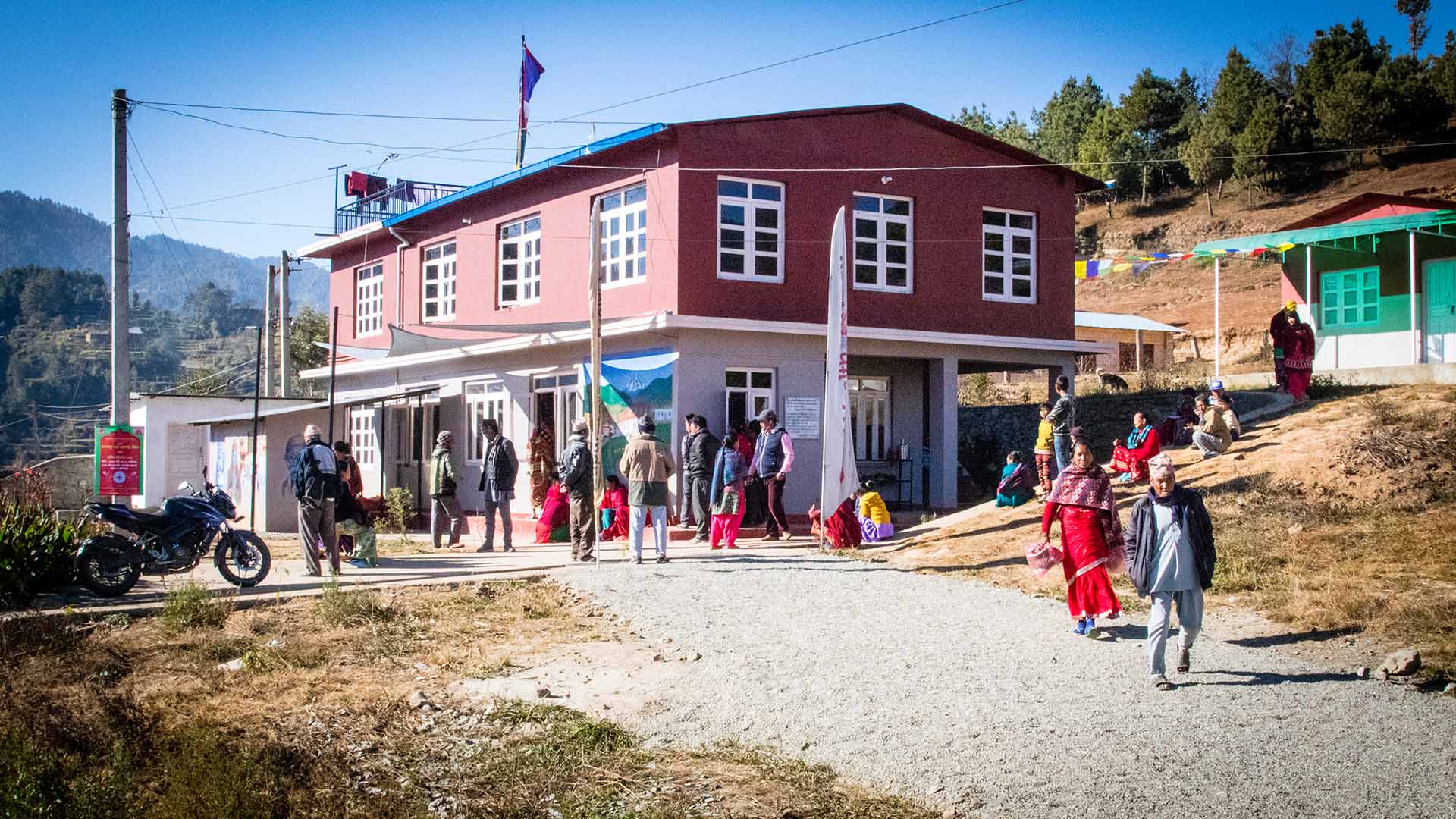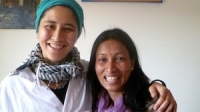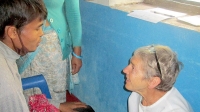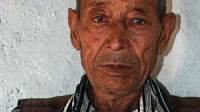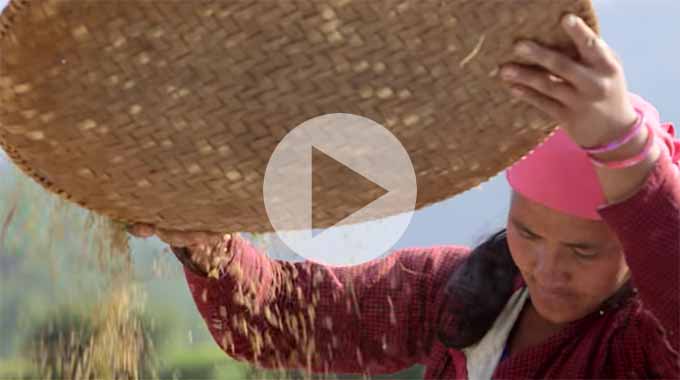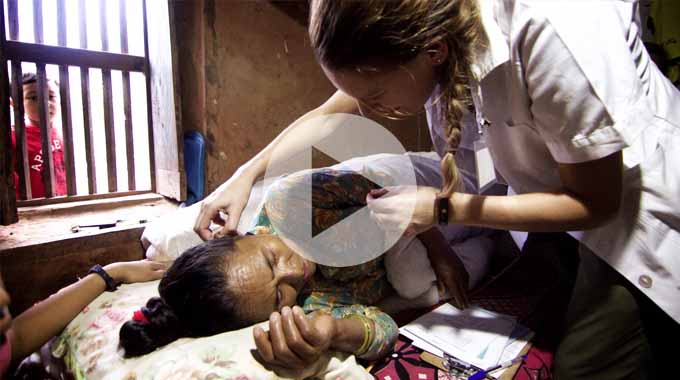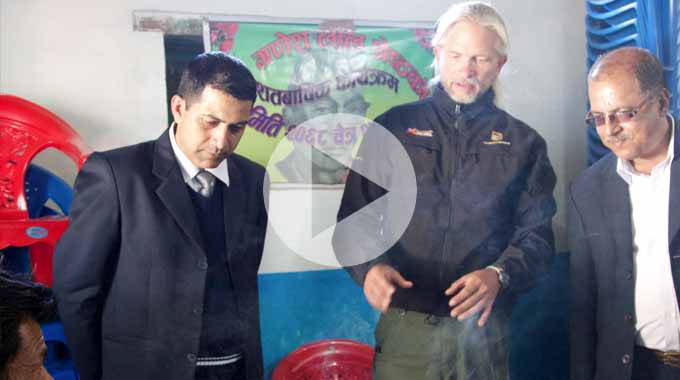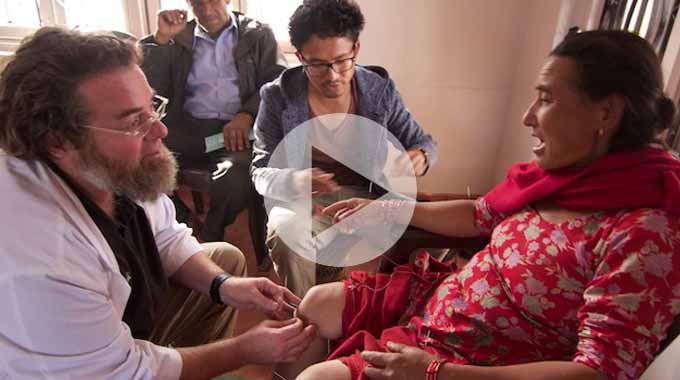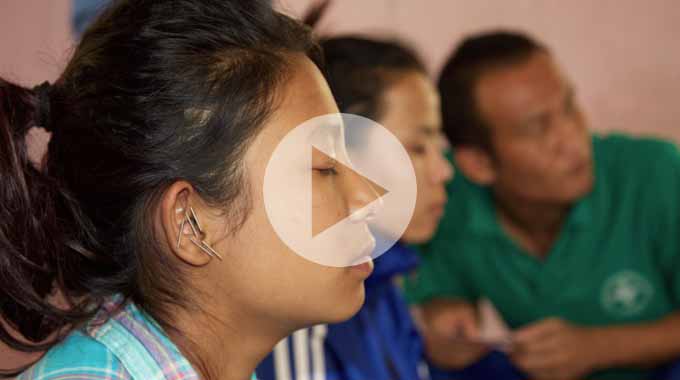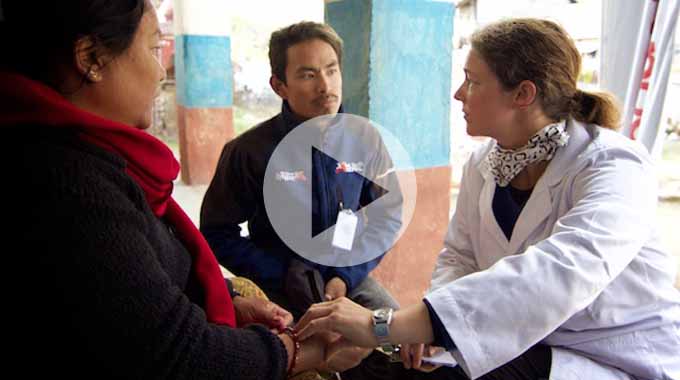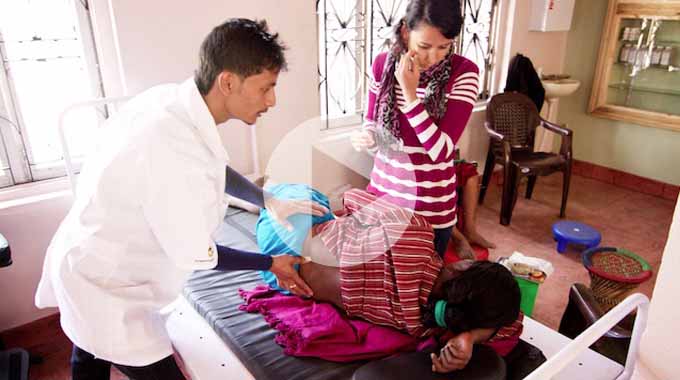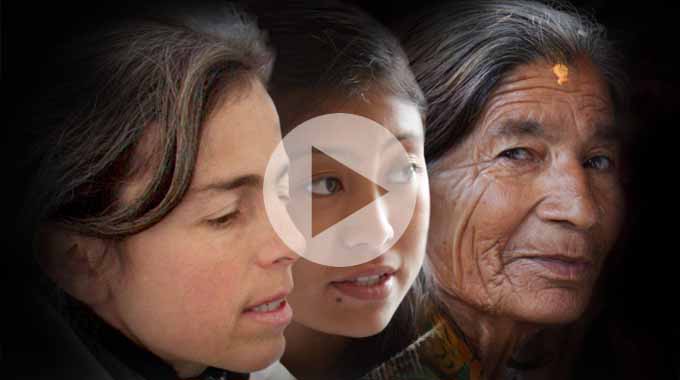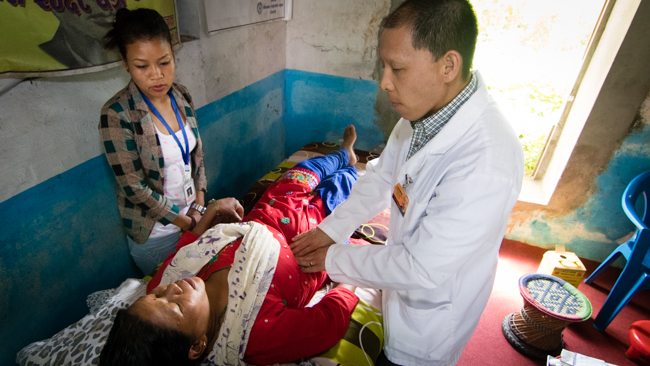
Nepal and people who live in this country, the Nepalese; where do I begin? It was sensory overload the moment our flight landed in Kathmandu, the capital city of Nepal. The first thing that hit me was the humidity and not being able to read any of the signs nor comprehend what people were saying. At that moment, it finally kicked in that I was totally at a foreign country, far away from home. To a foreigner like myself, things seem chaotic. There are no traffic lights for vehicles, motorcycles, or pedestrians while everyone travels in all directions; however, to my amazement everyone is in harmony. There is order in a seemingly ocean of chaos.
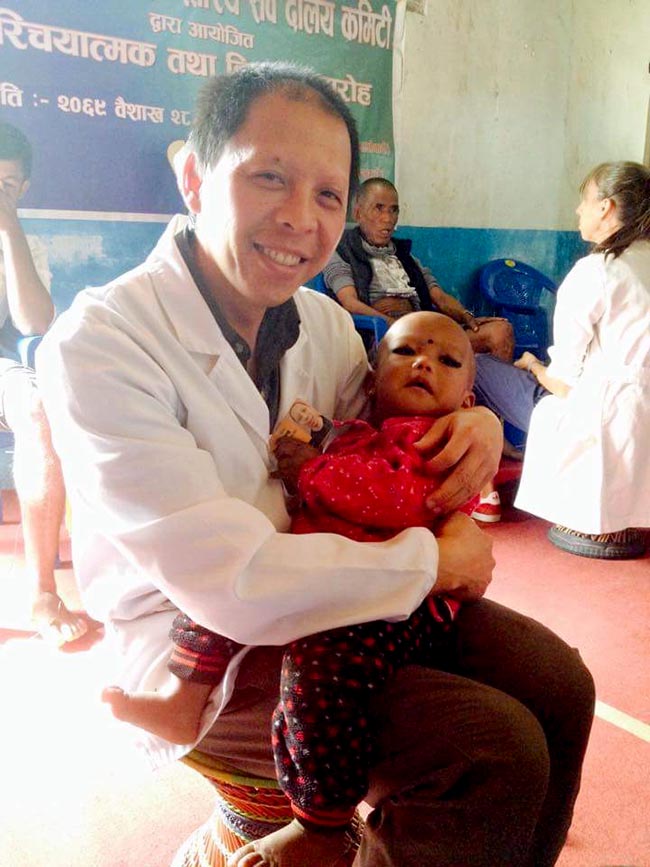
Nepal is a true third world country that is now in a worsen shape by a devastating 7.8 magnitude earthquake that struck near the capital a year and a half ago. The rebuilding process is slow at best. Many buildings are still in shambles and are at a state of disrepair. The earthquake was a detrimental blow to their livelihood for a country that does not have significant goods to export or commerce and relies solely on tourism to survive. What we believe as our most basic rights for standard of living back at home do not even register here. Their infrastructure is almost non-existent. There is no waste management made evident by trash popping up everywhere and the only way to “get rid of garbage” is to burn them. There are daily rolling electrical blackouts that last hours at a time. Water treatment facilities are not available. Public transportation involves packing 50 people in a beat up bus that should only carry 30 with plumes of thick black smoke billowing from the exhaust. All these are just part of the daily lives at the capital city and imagine what it is like outside the capital!
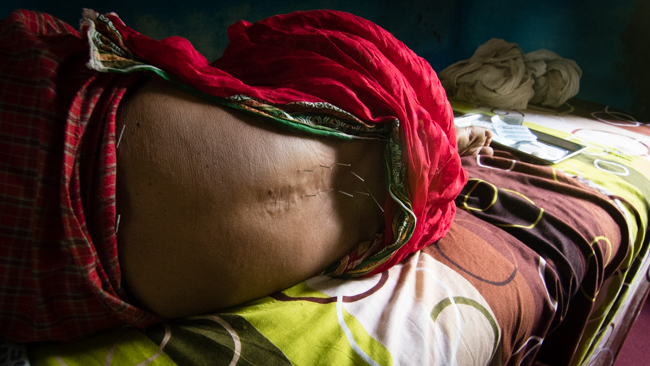
Despite the insurmountable disadvantages stacked up against the Nepalese, I consistently see how Nepalese truly are - friendly and cordial. Strangers will greet each other and carry on conversations like they are best friends. You don’t see anger, impatience, or frustrations on their face. You don’t see people yelling at each other. You don’t see road rage. Don’t misunderstand the situation here, they do live in a stressful environment with very little means and few opportunities to better their life. If you have an opportunity to ask them questions, you will hear that they are stressed about life, yet they find a way to coexist and live happily, without lashing out at others.
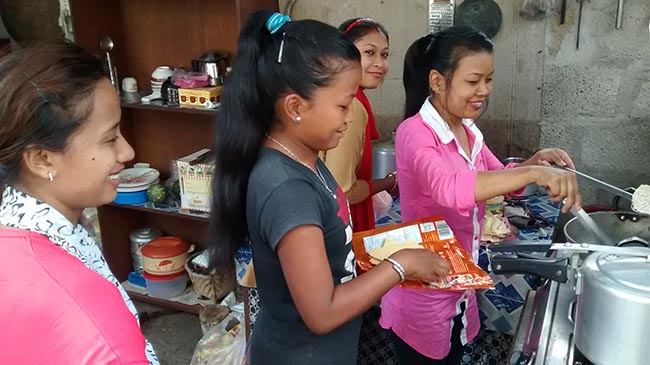
I have connected with my patients and the Nepalese culture on a deeper, more meaningful level than I would have expected. I have realized how diverse and social culture driven the Nepalese are. There are no strangers in Nepal! Everyone pitches in wherever help is needed. People make the best of what they have without complaint. They have graciously welcomed us and helped us to ease into their life as one of their own, while opening up and entrusting our ability to see and treat them. They feel grateful and indebted to have the opportunity to receive treatments, to tell their story, and to ease/improve their sufferings.
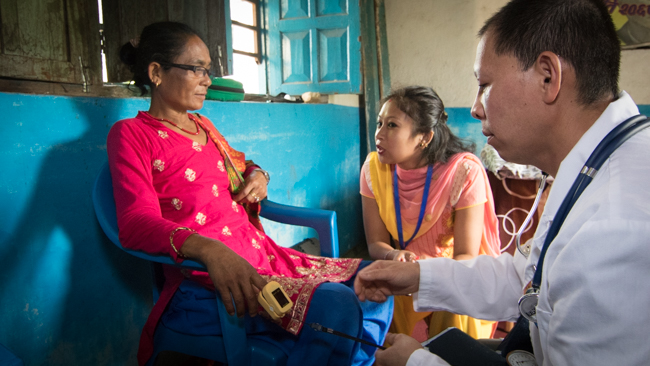
One patient I will never forget and will think of fondly years from now far away is my diabetes patient who initially came in for hip pain. Upon further questioning, I learned that she has Type 2 diabetes who is on the maximum daily dose of Metformin and has recently stopped her insulin shots. The reason for stopping the shots was that they were expensive and that the pharmacy informed her that the insulin bottle needs to be refrigerated, which is a luxury she does not have. Most people here do not have own refrigerators. I felt a deep sadness that a refrigerator could be in the way of someone’s health. At the same time, I was glad that I could inform her that insulin does not require refrigeration anymore as long as used within 28 days while stored away from extreme heat. In addition, Metformin by itself is not enough to control her diabetes and that insulin is necessary to stabilize her blood sugar. Her blood sugar test taken was three times the upper limit for a diabetic. She was reluctant to go back on the insulin shots and just wanted treatment for her hip pain. I realized it was going to take a while to convince her; thus, I comprised and agreed to treat her hip pain first, but she needed to revisit on a daily basis.
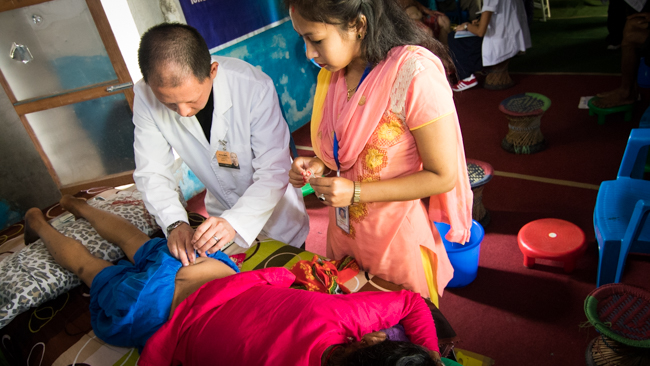
My goal is simple: to try to persuade her to restart her insulin shots. Every day I worked on easing the hip pain while trying to convince her that she must go back on insulin quickly and to explain the severity of what could happen without stabilizing her blood sugar level meant possibility of losing limbs or worse, death. It took numerous efforts and persuasions, but she is now back on insulin and is able to walk without much pain. She feels happier and is able to sleep through the night. What made her change her mind about insulin is not crucial, but I believe one main reason was the fact that she felt she was not just a case study but also a person with people who were genuinely concerned for her well-being.
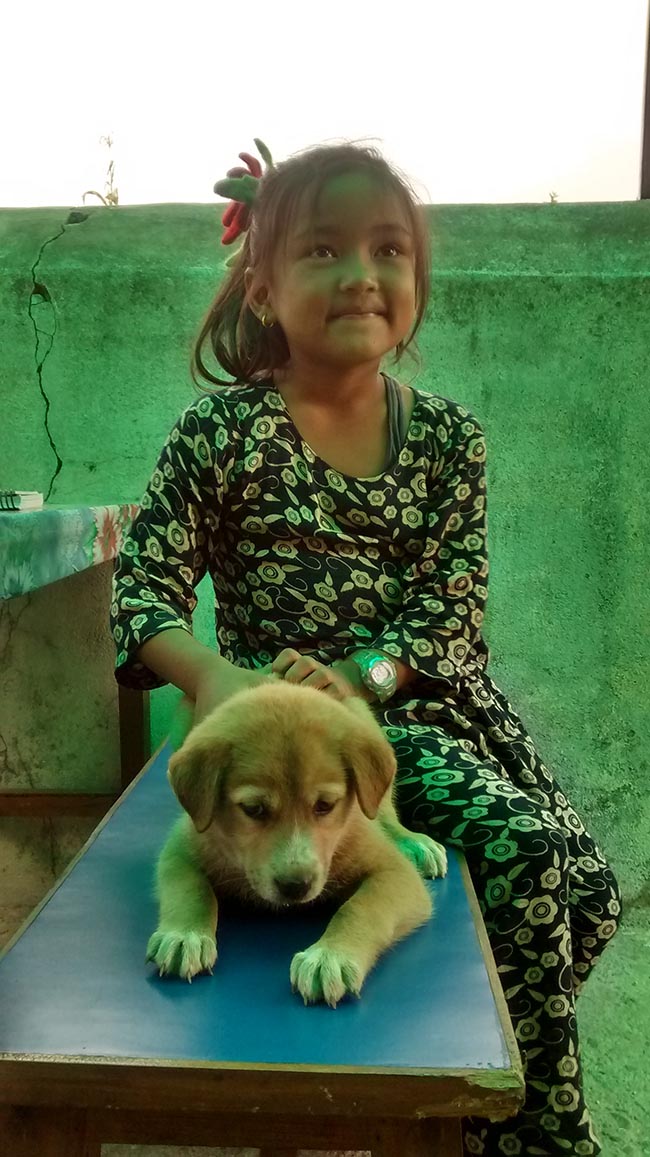
I thought I was going to come in and sweep Nepal and its people off their feet by showing them what I could offer, but in reality, they were the ones who showed me what I have been missing out. Of course, they would like to have clean running water, not having to deal with air pollution, poverty, and a shadowy future, but Nepalese live with dignity and composure. I do not see any poopy face. I do not hear Nepalese complaining about things they do not have. Everywhere I go, I see bright smiles on their face and genuine content blessed with what they do have. I walk away receiving so much more in life than what I have and will offer to them. --- Kuong Wang
